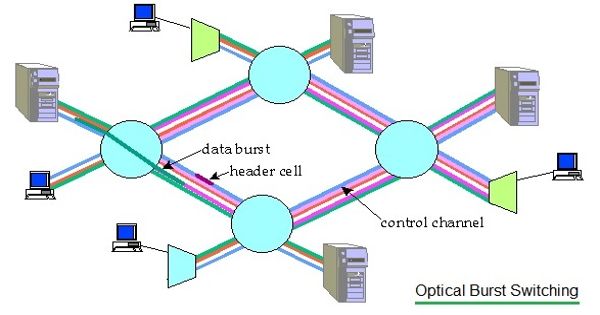Biomass power, also known as biomass energy, is the generation of electricity or heat from organic matter, such as wood, agricultural crops, and waste. Biomass is considered a renewable energy source because the plants used for fuel can be regrown, and the carbon emissions from burning biomass are considered to be carbon neutral because the plants absorb the same amount of carbon dioxide during their growth that is released when they are burned. Biomass can be used to generate electricity through direct combustion, gasification, or conversion to liquid biofuels, and can also be used for combined heat and power (CHP) systems.
Biomass power is the generation of electricity from organic matter, such as plant material, agricultural waste, and wood. Biomass energy is the general term used to describe the use of organic matter as a fuel, which includes the production of heat, electricity, and transportation fuels. Biomass power is considered a renewable energy source because the organic matter used as fuel can be replenished over time. However, it’s also important to consider the sustainability and environmental impact of sourcing and utilizing the biomass.
Biomass power refers to the use of organic material, such as plant matter or waste, as a source of energy. This type of energy can be generated through the burning of biomass in a power plant, or through the conversion of biomass into a combustible gas or liquid fuel. Biomass power is considered a renewable energy source because the organic material used to generate it can be replenished relatively quickly. However, burning of biomass can also release pollutants and greenhouse gases into the atmosphere, so it is important to properly manage and process the biomass before it is used as a fuel source.
Energy generated or produced by living or once-living organisms is referred to as biomass energy. Plants, such as corn and soy, are the most common biomass materials used for energy. These organisms’ energy can be burned to generate heat or converted into electricity. Biomass power systems generate electricity by harnessing the chemical energy found in organic matter. Many different types of biomass, such as wood waste, agricultural residue, animal waste, and energy crops, are suitable for power generation. The goal of biomass resource modeling is to quantify the feedstock’s availability, price, and physical properties.
Biomass contains energy that was originally derived from the sun: Plants use photosynthesis to absorb the sun’s energy and convert carbon dioxide and water into nutrients (carbohydrates). These organisms’ energy can be converted into usable energy in two ways: directly and indirectly. Biomass can be burned directly to generate heat, converted directly to electricity, or processed into biofuel (indirect).
















